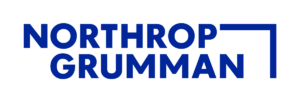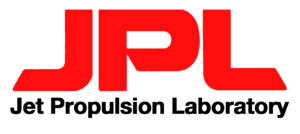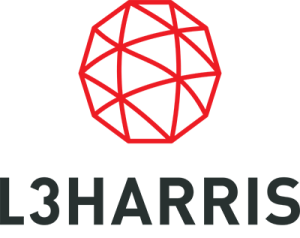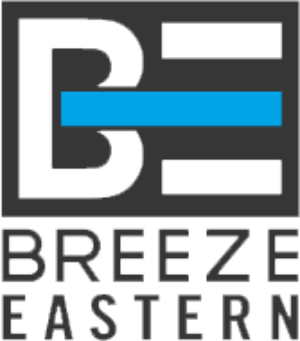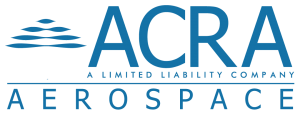How Can Organizations Avoid Bias in Their Hiring Process?

Unconscious bias frequently influences hiring decisions, impacting the diversity of organizations. Biases related to factors like race, age, and gender can undermine efforts to create inclusive and fair recruitment practices, potentially leading to unequal opportunities for candidates. Francesca Gino, a professor at Harvard Business School, emphasizes how these biases can affect decision-making, sometimes leading to unfair advantages or disadvantages for candidates.
To counteract these biases, hiring teams must take deliberate steps to ensure that recruitment processes are structured to promote fairness and objectivity. Implementing strategies such as standardized interviews, work sample tests, and blind recruitment can help mitigate unconscious bias and lead to more equitable hiring outcomes.
What is Unconscious Bias?
Unconscious bias refers to the subtle and often involuntary attitudes or stereotypes that influence our perceptions and decisions without us realizing it. In the context of hiring, unconscious bias can manifest in the way we evaluate candidates, leading us to favor or disfavor someone based on factors unrelated to their skills or qualifications. These biases can be based on race, gender, age, or even educational background, affecting the fairness and objectivity of the recruitment process.
- Example: A hiring manager may unconsciously favor candidates with similar educational backgrounds, assuming they are a better fit without considering broader, diverse qualifications.
Impact on Diversity and Inclusion
Unconscious bias poses a significant threat to fostering diversity and inclusion within organizations. When hiring decisions are influenced by personal preferences rather than merit, it limits the chances of bringing in diverse perspectives.
This, in turn, negatively impacts creativity, innovation, and performance. Organizations lacking diversity tend to experience a homogenized work environment, reducing their competitive edge in global markets.
Tangible Impact: A company that fails to address unconscious bias might miss out on highly qualified candidates from underrepresented groups, which can stymie growth, limit market reach, and create a less innovative workplace.
Creating a Diverse Hiring Team
A diverse hiring team is fundamental in minimizing bias during recruitment. When individuals from various backgrounds are included, the decision-making process becomes more balanced, as diverse perspectives help identify a broader range of skills and experiences.
For example, executive search firms often involve recruiters with varying industry expertise. This diversity ensures that evaluations are comprehensive, addressing a wide range of professional qualities and reducing the risk of overlooking top candidates due to inherent biases.
- Holistic Evaluations: Multiple perspectives lead to more comprehensive assessments of candidates.
- Challenging Assumptions: Different team members question biases, encouraging objective decision-making.
- Inclusion of Varied Skills: A broad mix of perspectives leads to a focus on diverse talents rather than rigid criteria.
Implementing Structured Interviews
Structured interviews ensure fairness and consistency by evaluating all candidates under the same criteria. This approach prevents biased assessments and allows recruiters to make decisions based on objective data.
- Use a Standardized Question Set: Tailor questions to the specific needs of the role. For instance, in an executive search process for a C-suite position, focus on strategic decision-making or leadership challenges faced in past roles.
- Avoid Impromptu Questions: Stick to planned, relevant questions to maintain impartiality.
- Evaluate Based on Key Skills: Align questions with critical skills like team management or decision-making to assess suitability effectively.
Structured interviews streamline the selection process and ensure a balanced evaluation of all candidates.
Utilizing Blind Recruitment Techniques
Blind recruitment techniques eliminate unconscious bias by anonymizing personal details in applications, such as names or educational backgrounds. This allows hiring teams to focus purely on qualifications and relevant experience, promoting objective decision-making. For effective implementation:
- Anonymize Details: Remove personal identifiers from resumes and applications.
- Use Blind Recruitment Software: Automate the process to ensure unbiased evaluations.
- Focus on Competencies: Assess candidates solely based on job-relevant skills and experience.
Blind recruitment fosters a more inclusive hiring process by reducing the likelihood of bias and ensuring fair candidate evaluation.
Developing Standardized Job Descriptions
Creating standardized, unbiased job descriptions is vital in attracting diverse talent, especially in specialized fields like private equity. Precision in language ensures inclusivity and focuses on essential skills rather than characteristics that might unconsciously deter certain candidates.
- Avoid Gendered Language: Words like “aggressive” or “nurturing” may signal preference toward certain genders. Instead, use neutral terms such as “results-driven” or “collaborative.”
- Emphasize Relevant Skills: Concentrate on must-have qualifications, such as experience with financial modeling or deal structuring, rather than soft skills that might not directly impact the role’s performance.
- Appeal Broadly: Use inclusive phrasing that speaks to a wide audience, encouraging individuals from varied backgrounds and perspectives to apply. For example, highlight the value of diverse experiences that contribute to success in private equity.
This approach ensures your recruitment efforts remain objective, helping to foster a more inclusive and dynamic workforce. It also aligns well with the fast-paced, highly specialized nature of private equity, where diverse viewpoints can provide a competitive advantage in deal structuring and market strategies.
Establishing Clear Evaluation Criteria
To ensure fairness and consistency, recruiters should establish a clear rubric before conducting interviews. By standardizing the evaluation process:
- Define Key Competencies: Ensure the skills and attributes required for the role are clear.
- Implement a Consistent Scoring System: Use the same metrics for all candidates to maintain objectivity.
- Follow Standardized Criteria: Ensure all interviewers adhere to the same evaluation process for uniformity.
This method ensures each candidate is assessed based on merit and relevant qualifications, minimizing bias and promoting transparency in the hiring process.
Using Data-Driven Decision Making
Data-driven decision-making ensures fairness by allowing recruiters to objectively compare candidates. With metrics at your disposal, the hiring process becomes less about instinct and more about measurable skills and qualifications.
- Comparing Candidates Based on Facts: Use data to track skills, experience, and past performance to ensure consistency.
- Hiring Analytics: Implement analytics tools to monitor hiring patterns, diversity metrics, and outcomes.
- Ongoing Assessment: Regularly evaluate hiring data to ensure decisions align with organizational goals, especially diversity.
Promoting an Inclusive Company Environment
An inclusive environment goes beyond recruitment, embedding inclusivity into everyday workplace interactions. Ensuring that employees feel valued boosts engagement and retention, creating a thriving organization where ideas are shared freely.
Organizations can promote inclusivity by fostering open communication and mentorship opportunities that support employees from underrepresented backgrounds.
- Employee Resource Groups (ERGs): ERGs create support systems and encourage shared experiences.
- Open Dialogue: Regular discussions on diversity provide employees with opportunities to address concerns.
- Mentorship Programs: These initiatives help underrepresented employees grow and develop professionally, ensuring they feel valued.
Regularly Reviewing Hiring Practices
Reviewing and improving hiring practices is essential for maintaining fairness. Regular audits can help identify areas where biases may persist.
- Conduct regular audits of hiring processes for potential biases.
- Collect feedback from candidates and employees on inclusivity.
- Adjust strategies as needed to maintain fairness and transparency.
Reducing bias in hiring is a critical step toward creating a diverse and inclusive workplace. At BOB Search, we specialize in finding top talent that aligns with your company’s goals and values. With over 40 years of executive search experience, we help organizations bring on leaders who will drive success and inclusivity. Contact us today to learn how we can help you find your next transformative leader.






